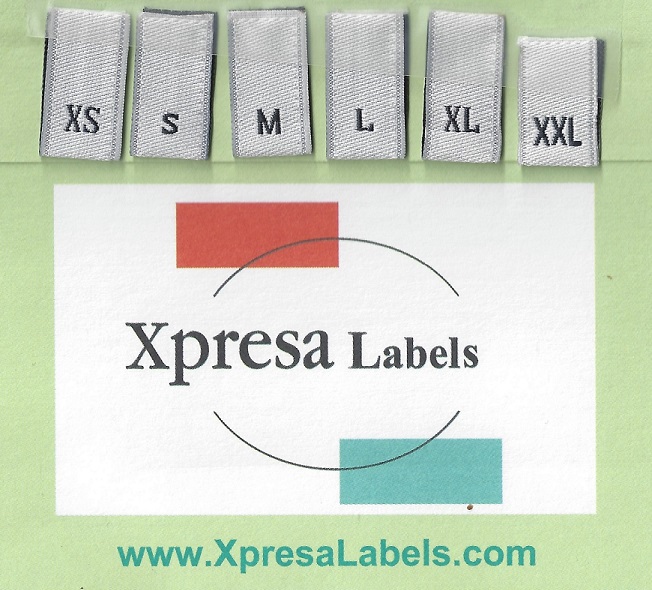Ever stared at a clothing tag filled with cryptic symbols and wondered, “What does this even mean?!” You’re not alone. Figuring out what a care label says can feel like a search for a long lost key that resembles the process of cracking a secret code. However, do not worry fashion enthusiasts, because this complete guide will help you breeze through laundry like a professional so that your favorite clothes stay new for more years.
Why Care About Care Labels?
A Caring tags aren’t only pieces of clothing. It is their signal you listen to before any washing or other care; it whispers directly to you exactly how to handle it. Don’t forget that following these guidelines can make for a perfect result or even turn the mannequin into a ruined outfit. Following the care instructions ensure longer lifespan of clothes, and save your money and reduce textile waste. It is the knowledge of the care label language that covers fabric composition and methods that enable a consumer to make an informed decision.
The majority of label instructions apply a few graphics as well as textual information. Here’s a breakdown of the key symbols:
- Washing
The symbol of the washing machine tub means you can wash it in a washing machine. Seek out dots within to indicate water temperature (more dots = hotter water). One hand is in a tub, meaning Handwashing. A crossed-out tub equals “do not wash”.
- Bleaching
A triangle sign will tell you about bleaching. An empty triangle is for bleach while a line through it means stay away from bleach. Other symbols describe chlorine or non-chlorine bleach.
- Drying
Tumble drying, represented by a square inside a circle. Dots inside tell the user the temperature. Horizontal line means drying clothes on clothesline. Strike-out box is meant for not using tumble dryers at all.
- Ironing
An iron signifies ironing is allowed. Dots indicate temperature settings. A crossed out iron can mean no ironing!
Beyond the Symbols: Written Care Label Instructions
It is possible to find instructions in both written and visual forms in care labels. Such symbols may indicate wash cycles (delicate, permanent press), drying methods (hang dry in shade) or ironing techniques (steam or no steam). These points should never be ignored in order to get the best results.
Pro Care Label Tips
- Sort Laundry by Care Label
Don’t wash delicates with heavy-duty items. Separate clothes based on washing temperature and drying method.
- Read the Label Every Time
Washing instructions might differ slightly between similar garments.
- Turn Clothes Inside Out
This protects colors and embellishments during washing.
- Use Gentle Detergent
Harsh detergents can damage fabrics. Opt for gentle formulas suitable for your clothes.
- Air Dry When Possible
Skip the dryer whenever possible. Air drying is gentler on clothes and reduces energy consumption.
Additional Tip
- Photograph care labels of your favorite clothes for easy reference when laundry day arrives.
Conclusion
By learning the care labels, you become a true custodian of this investment, so you can keep your clothes in good condition for the future. Hence, do not worry the next time you stumble upon these laundry tags! Bestow this guide on your shield, and it will be your protector in conquering the label challenge and maintaining a stylish and durable wardrobe.


